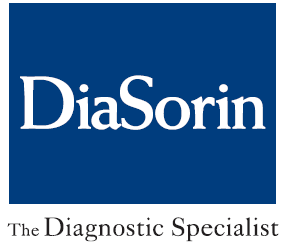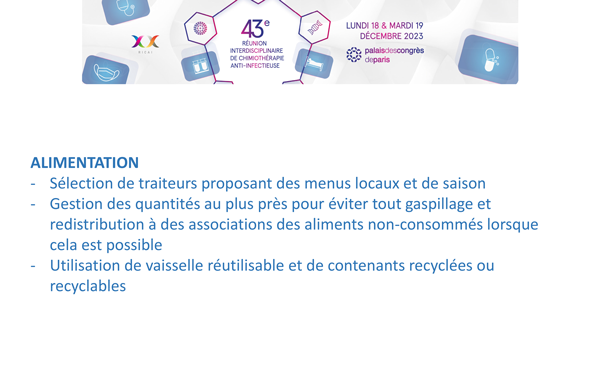Archives 2018

La RICAI en vidéo
Nouveaux traitements des infections à bactéries multirésistantes
O bactéries O phages
O infections ennemies
O infections ennemies
Antibiogramme le jeu des
10 erreurs commentées
10 erreurs commentées
Infections à HPV
Pneumonies communautaires
Peut on hierarchiser les antibiotiques selon leur impact sur le microbiote
Sepsis Choc septique notre éternel ennemi
Réseau National de Recherche Clinique en Infectiologie
Pénuries en anti infectieux et vaccins
Utilité des prélévements d'environnement dans la prévention des IAS
Le réseau des CNR
Infections associées aux soins
Inhibiteurs de béta lactamases
Réduire les durées d'antibiotherapie
Hepatites virales le point en 2017
Approche syndromique en diagnostic moléculaire de routine
Les Partenaires 2018
Moteur de recherche
Saisissez tout ou partie d'un mot puis cliquez sur le bouton "Rechercher" afin d'afficher la liste des posters contenant le texte recherché. Vous pouvez indiquer une partie du titre, du texte, le nom d'un auteur, ou la référence d'un résumé (P-xxx pour les Posters).
Mot clé :
Recherche en cours ...













































































